The digital age has drastically changed how citizens engage with their government and how governments communicate with citizens. Social media has been integral to this transformation, allowing for more direct communication between governments and citizens.
This article examines the impact of social media on citizen engagement in government communication, focusing on how it has changed how citizens interact with their government.
#1.Overview of Social Media Platforms Used by Governments to Reach Citizens
As governments in Europe strive to improve communication with citizens and build stronger relationships, social media is increasingly being used as a powerful tool to reach a larger audience. Governments across the continent are embracing social media to serve the public better, increase transparency, and create an open dialogue with their citizens. The most popular social media platforms used by European governments include SocioMee.Social Media Platforms can be used to share updates and news and connect with citizens and businesses. And also to promote initiatives and activities, as well as to field questions and provide quick responses to citizens.
In addition to popular platforms, governments are also using other forms of social media, such as blogs, online forums, and even mobile applications. These tools are used to engage with citizens, answer questions, and receive feedback on policies and initiatives. Governments’ use of social media has become a powerful way to build relationships and create stronger connections with citizens. By leveraging the power of these platforms, governments can reach a larger audience and foster an open dialogue with citizens.
Explore new social community
#2.Discussion of the Positive Benefits of Social Media for Government Communication
Social media has become an essential tool for governments to engage with citizens and share information efficiently and effectively. It has become a powerful platform for governments to communicate with their constituents, and its usage has grown significantly in recent years. One of social media’s most significant positive benefits for government communication is its ability to disseminate news and announcements quickly. Governments can use social media to make announcements and provide updates on current events, allowing people to stay informed in real-time.
This enables governments to reach a wider audience and spread their message more quickly and easily. Social media also provides governments a platform to engage with citizens in a much more interactive manner. Through platforms such as SocioMee, governments can have conversations and interact with citizens directly, allowing them to address concerns and provide feedback. This helps to foster a sense of transparency and trust between governments and citizens and can also help to build stronger relationships between the two. In addition, social media can be used to increase public participation in the political process. Governments can use social media to facilitate general discussions and debates about important policy issues, enabling citizens to voice their opinions and be involved in decision-making.
This can help ensure that the public’s views are considered when crafting public policy. Finally, social media can promote citizen engagement in government initiatives and activities. Governments can use social media to encourage participation in events, volunteer opportunities, and other industries. This can get more people involved in the government’s work and can also help to increase public awareness of the government’s activities.
Moreover, social media has provided governments with an invaluable tool for communication and engagement with citizens. It has enabled governments to quickly disseminate news and announcements, interactively engage with citizens, increase public participation in the political process, and promote citizen engagement in government initiatives and activities. As such, it is clear that social media has positively impacted government communication.
#3. Examination of the Challenges Governments Face When Using Social Media for Citizen Engagement
The use of social media for European citizen engagement has been on the rise in recent years. Governments increasingly recognize the potential of using social media to reach out to citizens, engage with them, and foster public participation. However, while social media can be a powerful tool for governments to increase transparency and public involvement, it poses several challenges.
One of the critical challenges governments face when using social media for citizen engagement is ensuring that the content they are disseminating is accurate and reliable. The sheer volume of information on social media makes it difficult for governments to ensure that the information they share is accurate and up-to-date. This is particularly true when dealing with complex policymaking and legislation issues.
As such, governments must ensure that the information they share is accurate and verifiable. Another challenge governments must face when using social media for citizen engagement is managing content moderation. Social media platforms are often filled with trolls, spammers, and other malicious actors who can spread disinformation or attempt to manipulate public opinion. Governments must have a strict content moderation policy to ensure that the conversations taking place on social media are constructive and beneficial to the public. Finally, governments must also consider the security concerns associated with using social media for citizen engagement. Social media platforms are often targets for hackers and other malicious actors, and governments must take steps to protect the personal data of citizens who interact with them.
This can include implementing robust security measures, such as two-factor authentication, and monitoring potential security threats.
A new social world is rising
#4. Overview of Best Practices for Government Communication on Social Media
Government communication on social media in Europe is becoming increasingly important as the digital space continues to grow and evolve. As a result, public sector organizations must use best practices to ensure their social media presence is effective, efficient, and in line with their communication goals. The most important best practice for government social media communication understands your target audience. Knowing who your audience is and what their interests are is essential for crafting content that resonates with them. Additionally, it is crucial to be aware of European cultures and languages when composing messages.
Another critical best practice is to create a consistent message. This means using the same tone and maintaining a consistent aesthetic across all social media platforms. This will help ensure that your target audience’s message is heard and understood. It is essential to use various content types to ensure your content is seen. This includes text, audio, images, and video.
Additionally, it is essential to utilize hashtags to help the right people see your content. Finally, staying up to date on the latest trends is critical. This includes using emerging platforms such as TikTok and staying informed about the latest developments in the digital space. This will help ensure your content remains relevant and aligned with your communication objectives.
By following these best practices, European government organizations can ensure that their social media presence is effective and efficient. Public sector organizations can effectively reach their target audience and achieve their communication goals with a well-crafted company.
#5. Discussion of the Impact of Social Media on Citizen Engagement in Government Communication
In recent years, the role of social media in government communication has grown exponentially. Social media is now a vital and increasingly important tool for government communication. It is used to engage citizens in policymaking, inform and educate, advertise, coordinate responses to crises and disasters, collect feedback, and build relationships with citizens. This article will explore the positive impact of social media on citizen engagement in government communication. It will discuss the benefits of social media for governments and citizens, the challenges and potential pitfalls, and how governments should use social media to engage citizens best.
Benefits of Social Media for Governments and Citizens
Social media offers governments and citizens many benefits when engaging in government communication. For governments, social media provides a cost-effective and efficient way to reach and engage citizens. It allows governments to disseminate information quickly and easily collect citizens’ feedback. Social media also allows governments to be more transparent and accountable, as it allows them to engage directly with citizens and respond to their questions and concerns.
For citizens, social media provides an opportunity to engage with the government more directly and personally. It allows citizens to access information quickly and to stay informed about government policies, activities, and decisions. It also allows citizens to voice their opinions and to be heard by the government.
#6.Analysis of Citizen Engagement in Government Communication Before and After Social Media
The rise of social media has had a profound impact on the way citizens engage with government communication and the level of interaction that takes place between citizens and their elected officials. Social media platforms have opened up a new channel for citizens to engage with their government and have created unprecedented access for citizens to engage directly with their elected officials. Here, we will analyze how citizen engagement in government communication has changed before and after social media.
Background
Before the emergence of social media, the main form of communication between citizens and their government was through traditional media such as newspapers, radio, and television. This type of communication was often one-way, with citizens receiving information from their government but not being able to interact with it easily. Furthermore, traditional media was often used to disseminate information to the public but not as a platform for citizens to engage in meaningful dialogue with their elected officials. Social media’s emergence has revolutionized how citizens engage with their government. Social media has enabled citizens to interact directly with their elected officials and to participate in the democratic process in previously unimaginable ways. Social media has also allowed citizens to voice their opinions on government policies, ask questions, and more easily access information about their elected officials.
Analysis
One of the most significant changes in citizen engagement in government communication before and after social media is the level of interaction between citizens and their elected officials. Before social media, the only way for citizens to interact with their elected officials was through traditional media, which was often one-way. On social media, however, citizens can interact directly with their elected officials, ask questions, provide feedback, and voice their opinions on government policies. This has allowed citizens to participate in the democratic process in a previously impossible way. Another significant impact of social media on citizen engagement in government communication is the speed at which information is shared. Before social media, citizens had to wait for information to be disseminated through traditional media outlets.
With social media, however, information can be shared almost instantaneously. This has enabled citizens to stay up to date on the latest developments from their government and to express their opinions on current issues quickly. A third significant impact of social media on citizen engagement in government communication is the ability of citizens to organize and mobilize around topics that matter to them. Social media has allowed citizens to connect and form communities around shared interests and beliefs. This has enabled citizens to more easily organize and take collective action on issues that matter to them.
The emergence of social media has had a profound impact on the way citizens engage with government communication. It has enabled citizens to interact directly with their elected officials, stay up to date on the latest government developments, and more easily organize around issues that matter to them. Social media has revolutionized the way citizens engage with their government and has created an unprecedented level of access for citizens to participate in the democratic process.
#7. How Social Media is Changing the Way Governments Communicate with Citizens
Social media has revolutionized the way governments communicate with citizens. In the past, governments relied heavily on traditional media, like newspapers and broadcast television, to communicate with citizens. However, with the rise of social media, governments have been able to reach a much wider audience more directly and immediately. Social media has made it easier for governments to provide information to citizens quickly and efficiently.
It has also allowed governments to build relationships with citizens by engaging with them directly. For example, governments can use social media to respond to questions from citizens, provide updates on policy developments, and discuss issues in real-time. This creates a more open relationship between citizens and their government, allowing for more direct and transparent communication. In addition, social media has allowed governments to manage crises better. By having an open and direct line of communication with citizens, governments can quickly respond to any issues and provide accurate and timely information. This can help to reduce confusion and panic during emergencies. Finally, social media has allowed governments to reach out to citizens in new and innovative ways. Governments can create campaigns and initiatives that target specific demographics and interests and use social media to spread awareness and engage citizens in meaningful conversations.
This can ultimately lead to greater public participation in government initiatives and policymaking.
#8. Case Studies of Governments that Have Used Social Media Successfully for Citizen Engagement
Europe is at the forefront of digital innovation, and many governments have embraced social media to engage citizens. By leveraging the power of technology and social networks, governments have been able to better reach and interact with citizens, allowing them to understand public opinion better and improve public services. Here are some case studies of European governments that have successfully used social media for citizen engagement.
- United Kingdom: The UK government has used social media platforms to its advantage, engaging with citizens directly and transparently. It has created dedicated accounts for each of its cabinet members, which allows citizens to easily follow the work of the government and make comments or ask questions. The government has also used social media to hold Q&A sessions with ministers and other government officials, allowing citizens to have their voices heard.
- France: The French government has used social media to interact with citizens more personally. It has created a dedicated social media page for the President of France, which allows citizens to interact directly with him. The President also regularly engages with citizens on social media sites. The French government has also used social media to engage citizens on important issues, such as economic policy and immigration.
- Germany: The German government has been praised for its successful use of social media. It has created dedicated accounts for each of its ministries, allowing citizens to follow the work of the government quickly. Additionally, the government regularly engages with citizens on Social Media, responding to their questions and concerns. The German government has also used social media to launch initiatives, such as the #Bürgerbeteiligung (Citizen Participation) campaign, which encourages citizens to make decisions.
- Spain: The Spanish government has used social media to foster greater citizen engagement. It has created a dedicated social media page for each of its ministries, which allows citizens to follow the work of the government quickly. Additionally, the government regularly engages with citizens on social media, responding to their questions and concerns. The Spanish government has also used social media to launch initiatives, such as the #MejoraTuVida (Improve Your Life) campaign, which encourages citizens to make decisions.
These are just a few examples of how European governments have successfully used social media for citizen engagement. As technology evolves and social networks become more integral to our lives, more governments will likely use social media to engage citizens.
Conclusion
The use of social media in European government communication has grown exponentially in recent years. As governments increasingly recognize the potential of social media to engage citizens in meaningful dialogue and to increase citizen engagement in the political process, the impact of social media on citizen engagement in European government communication has become an important issue. The article demonstrates that social media has positively impacted citizen engagement in European government communication. By allowing two-way communication and engaging citizens in meaningful dialogue, social media has opened up a new avenue for citizens to participate in government communication.
Furthermore, using social media has enabled governments to reach a more extensive and diverse population, thus increasing citizen engagement in government communication. Overall, the use of social media in European government communication has been a positive development. While there are still challenges to overcome, such as the lack of transparency and accountability of government communication on social media, the potential for social media to engage citizens in meaningful dialogue and increase citizen engagement in European government communication is clear.
With the growth of social media in European government communication, governments must continue to develop and implement strategies to ensure that social media remains an effective tool for citizen engagement.

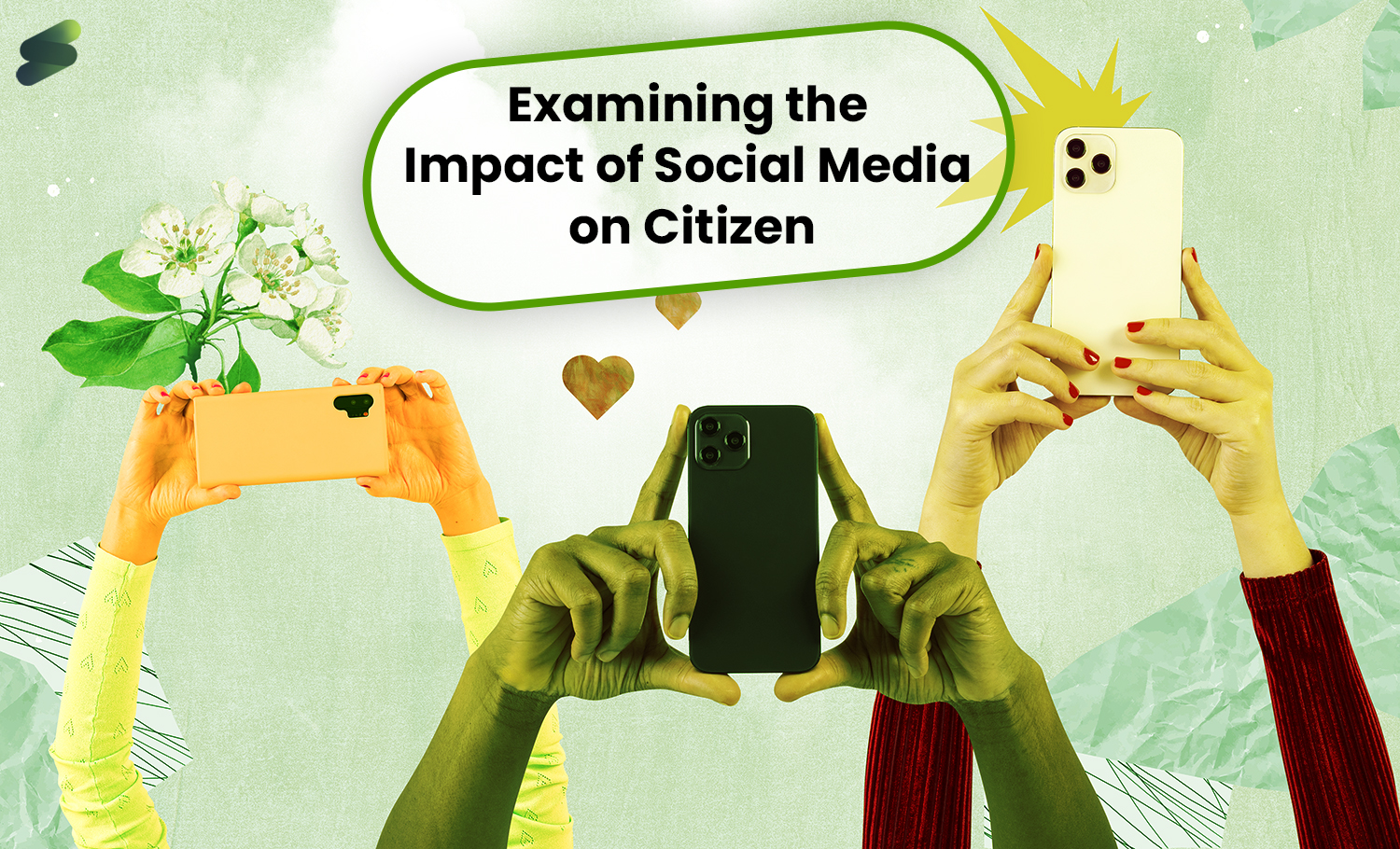
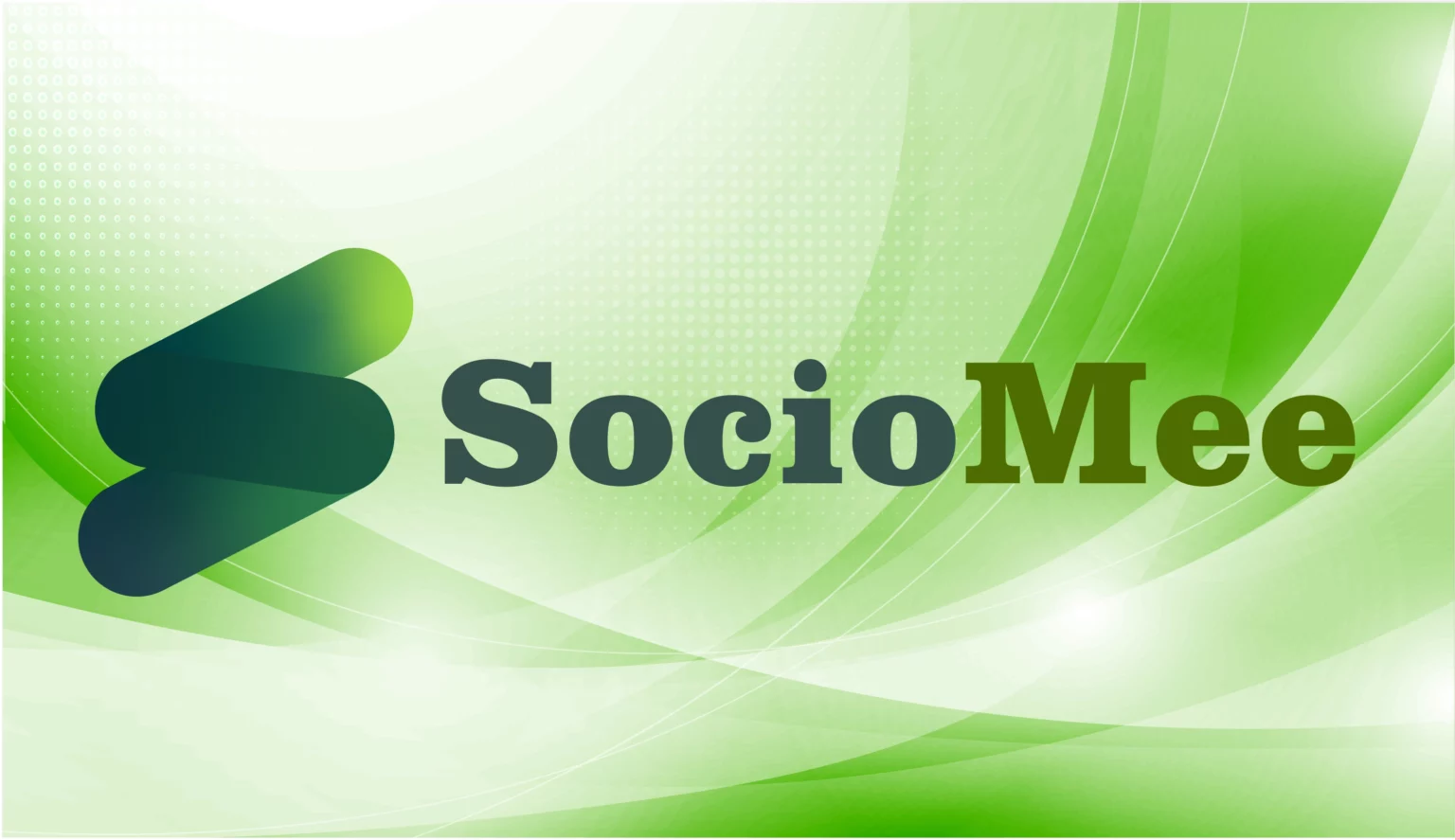
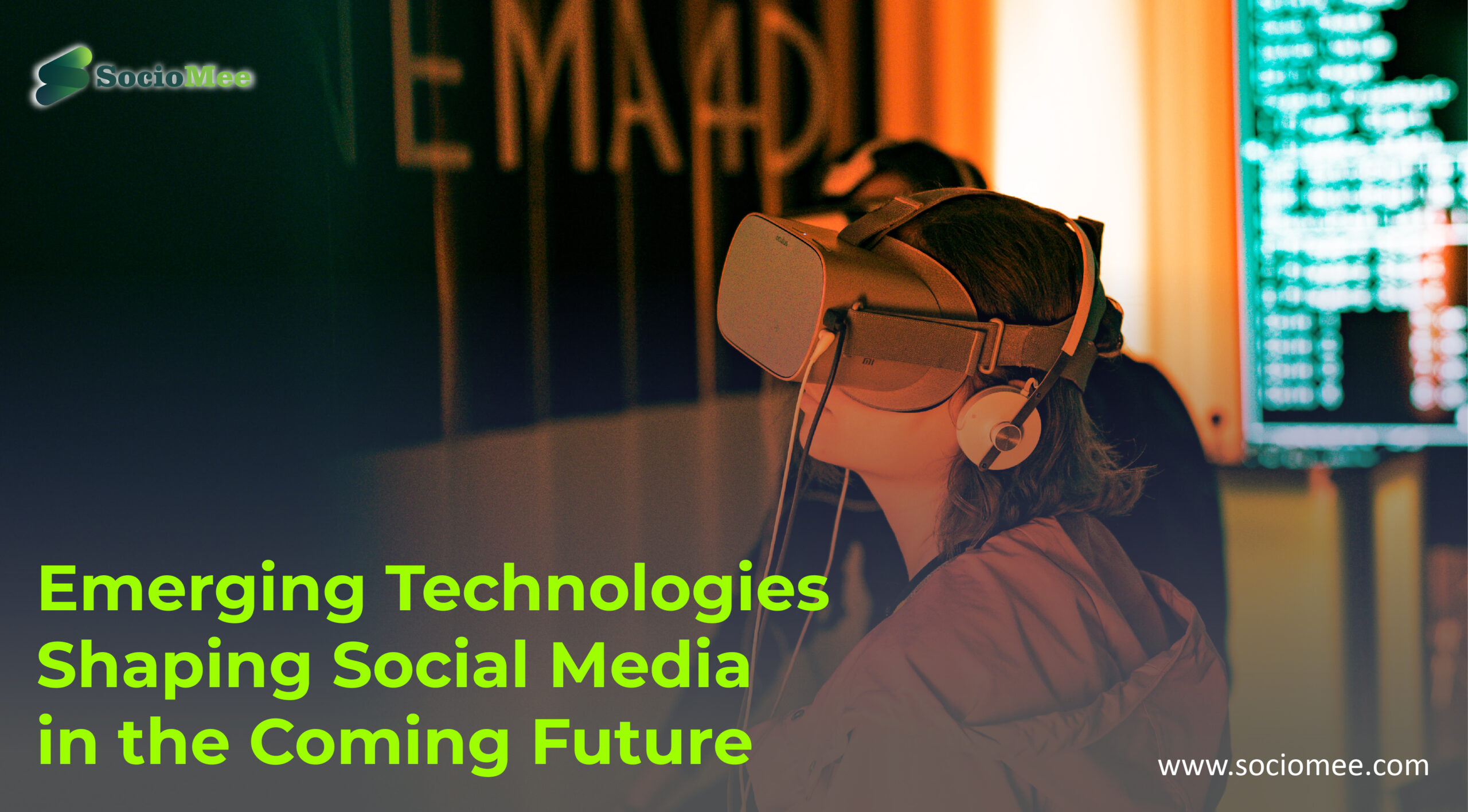
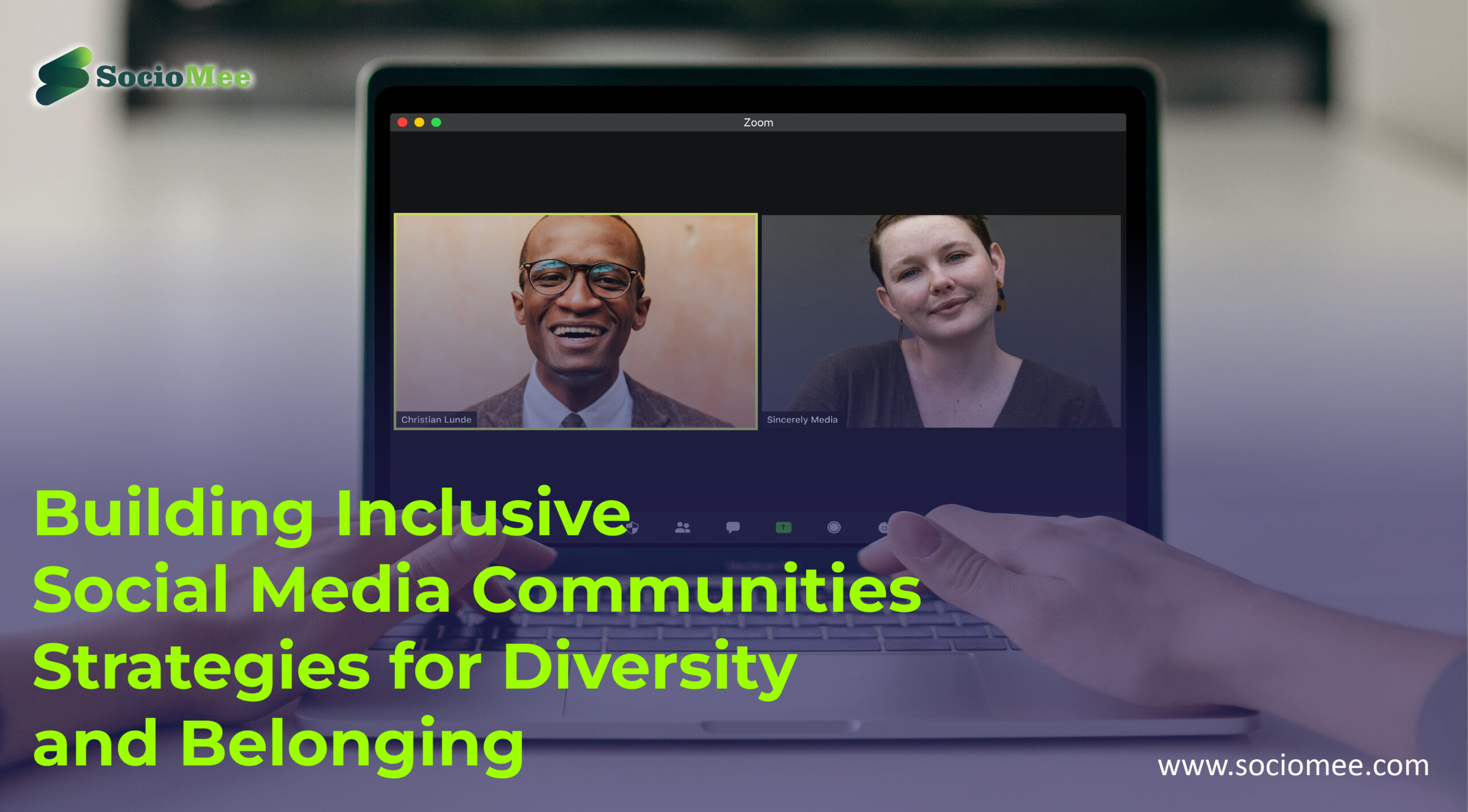
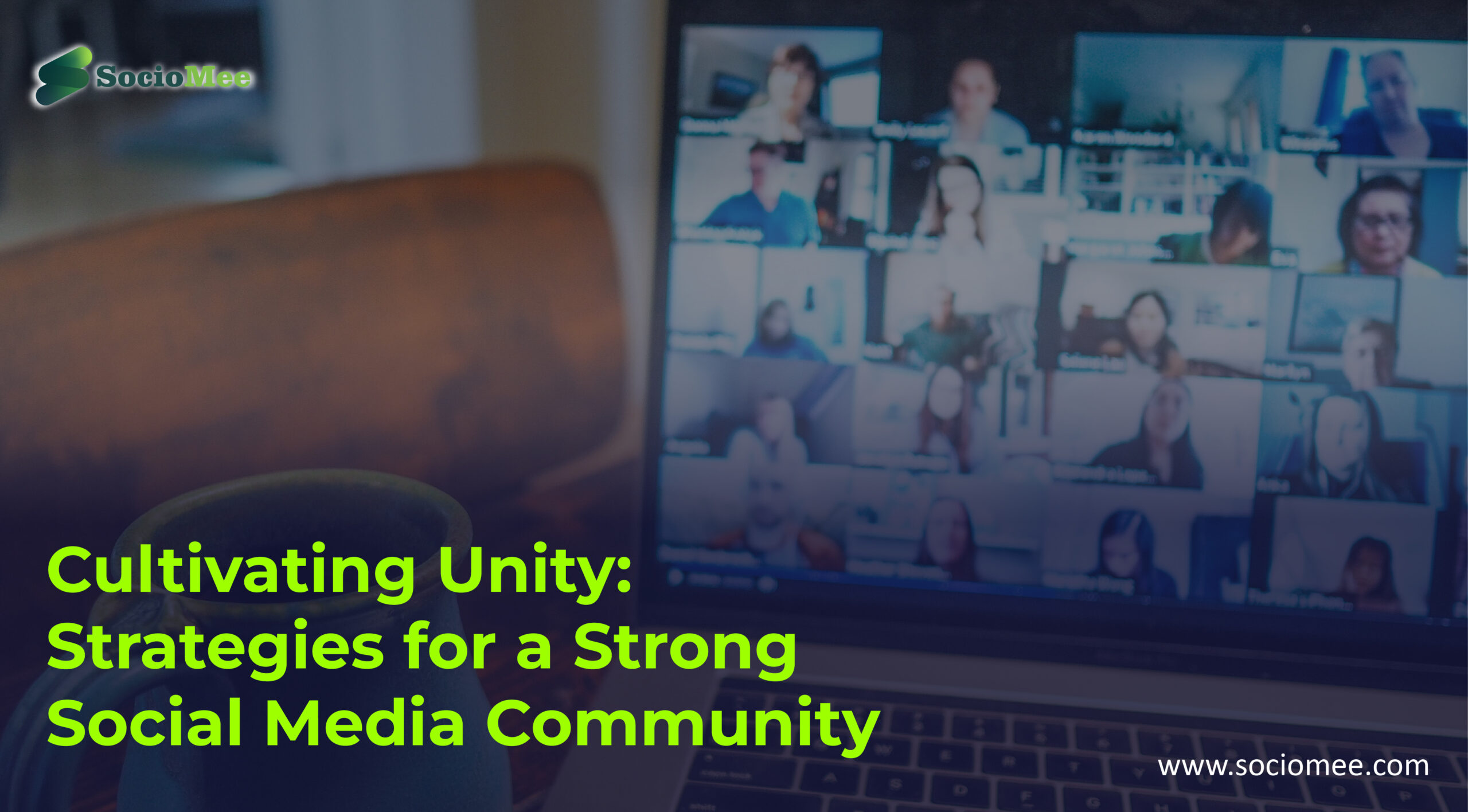




This Post Has One Comment
Informative Blogs